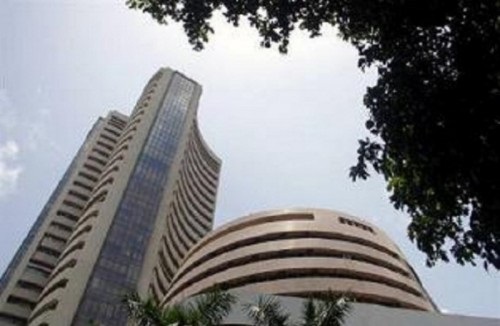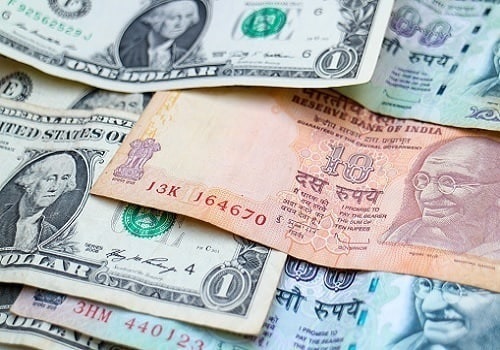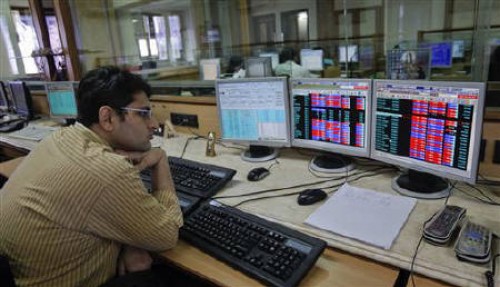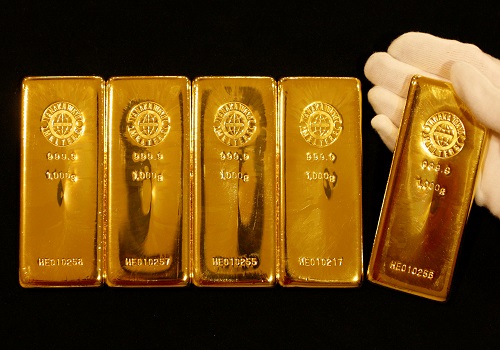September 2022: Gold Outlook By Chirag Mehta and Ghazal Jain, Quantum AMC

Follow us Now on Telegram ! Get daily 10 - 12 important updates on Business, Finance and Investment. Join our Telegram Channel
Gold Outlook for September 2022 by Chirag Mehta, CIO & Ghazal Jain, Fund Manager- Alternative Investment, Quantum AMC
Gold was on a strong uptrend after hitting an 11-month low in July, rising by more than $120 to a high of $1,808 in mid-August buoyed by the seemingly less hawkish comments at the July FOMC meeting. However, the prices trended lower thereafter, after the Fed’s extremely hawkish view on the monetary policyat the annual Jackson Hole symposium where the Fed chair gave a clear indication that combating inflation through sharper rate hikes is a top priority for the central bank.This may involve a weaker economy and job losses, a short-term pain they are willing to tolerate to fight inflation.This led to a recalibration of market expectations with gold prices in August closing 3% lower at $1,711.Equity markets saw a similar reaction with the S&P 500 clocking a three-month high during mid-August before closing 4% lower.Treasury bonds also sold off with the benchmark US10-Year yield approaching a twomonth high of 3.2%. Yields on the 10-year Treasury Inflation-Protected Securities moved up sharply in the month from lows of 0.09 to 0.67, taking a toll on gold.
Given that a lot of the current inflationary pressures are due to supply-side challenges, but the Fed isfocused on fighting inflation, killing demand seems to be the way forward signallingsignificant volatility in financial markets in the months ahead. Food and fuel supply disruptions due to the Russia-Ukraine war have been recently exacerbated by climate shocks around the world. The Julyinflation print in the US came out to be 8.5% y/y, which was lower than the consensus expectations and much lower than the 9.1% registered in June. Although the inflation has moderated a bit, it is far from the Central bank's inflation target of 2%. Thus,price increases would continue to dominate headlines for more months to come, keeping the aggressive tightening window open for the Fed.
Starting September, the Fed will ramp up the unwinding of its $9 trillion portfolio by boosting its monthly caps for Treasuries and mortgage-backed securities to $60 billion and $35 billion, respectively from $30 billion and $17.5 billion currently. This will further tighten monetary conditions. Also, as per the CME FedWatch Tool, markets are pricing in a 74% probability of a 75-basis points rate hike in the September FOMC meeting, different from the 50 basis points rate hike bets at the start of the month. The Fed rate is now expected to touch 4% by the end of 2022, a massive 400 basis points increase since the start of the year.
It’s clear now that the Fed is prioritizing inflation overgrowth and isn’t risking de-anchoring inflation expectations. An exceptionally strongjobs market in the US is aiding the Fed’s hawkish convictions.The number of available positions topped 11.2 million in July indicating two jobs for every unemployed personand theunemployment rate in August hovering around 3.7%, which is closer to the levels last seen in February 2020.
Despite the Fed’s current hawkishness, its conviction to tighten will eventually get tested when the economic numbers show a meaningful deterioration. As of now, the world’s largest economy is showing subtle signs of slowing with the GDP contracting by 0.6% in the April-June quarter, after the 1.6% contraction in the first quarter. The S&P Global US Composite PMI registered 45 in August of 2022, down from 47.7 in July, indicating a second successive monthly decrease in total business activity.The spread between US 10-year and 2-year Treasury yields continues to be negative since July, indicating continued concerns among investors that the Fed’s aggressive withdrawal of liquidity will push the economy into a recession.With hopes of a Fed pivot any time soon fading away, there was a flight of money to the US Dollar that caused theDXY to breach 109 on the upside after touching a one-month low of 104 in August.The strengthening of the dollar led to the rupee depreciating by 0.4% last month. Domestic gold prices outperformed the prices in dollar terms. Indian gold price closed 1.4% lower compared to dollar prices which closed 2.7% lower, partly due to the depreciating INR and partly due to the customs duty tariff increase.
In contrast, Indian equities performed better than other asset classes with the Nifty up 3.5% in August. Nifty also performed better compared to the global ones such as S&P 500 which was down 4% last month. Indian equities are well placed with strong fundamentals and attractive valuations but are vulnerable to the Federal Reserve’s policy tightening and a global economic slowdown, warranting a portfolio allocation to gold. Headwinds like the strengthening US dollar, rising bond yields and tightening liquidity by central banks will no doubt put downward pressure on gold, but the precious metal will be supported by geopolitical tensions, risk aversion and overall commodity inflation, potentially cushioning portfolios from the equity market volatility. Furthermore, other regions such as Europe, which are more prone to inflationary shocks, may warrant the respective Central banks to tighten aggressively creating wide interest rate differentials with the USand putting downward pressure on the US dollar. This is likely to supportgold prices.
Therefore, it becomes important to allocate 20% of the portfolio to gold to diversify your investments, which may help during negative economic and geopolitical surprises. Moreover, when prices have considerably corrected at these levels, investors can start accumulating in a staggered manner or systematically with SIPs. This would ensure a sizeable upside when the gold prices move higher.
Above views are of the author and not of the website kindly read disclaimer























